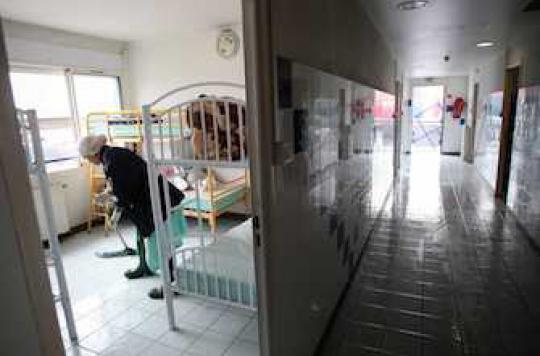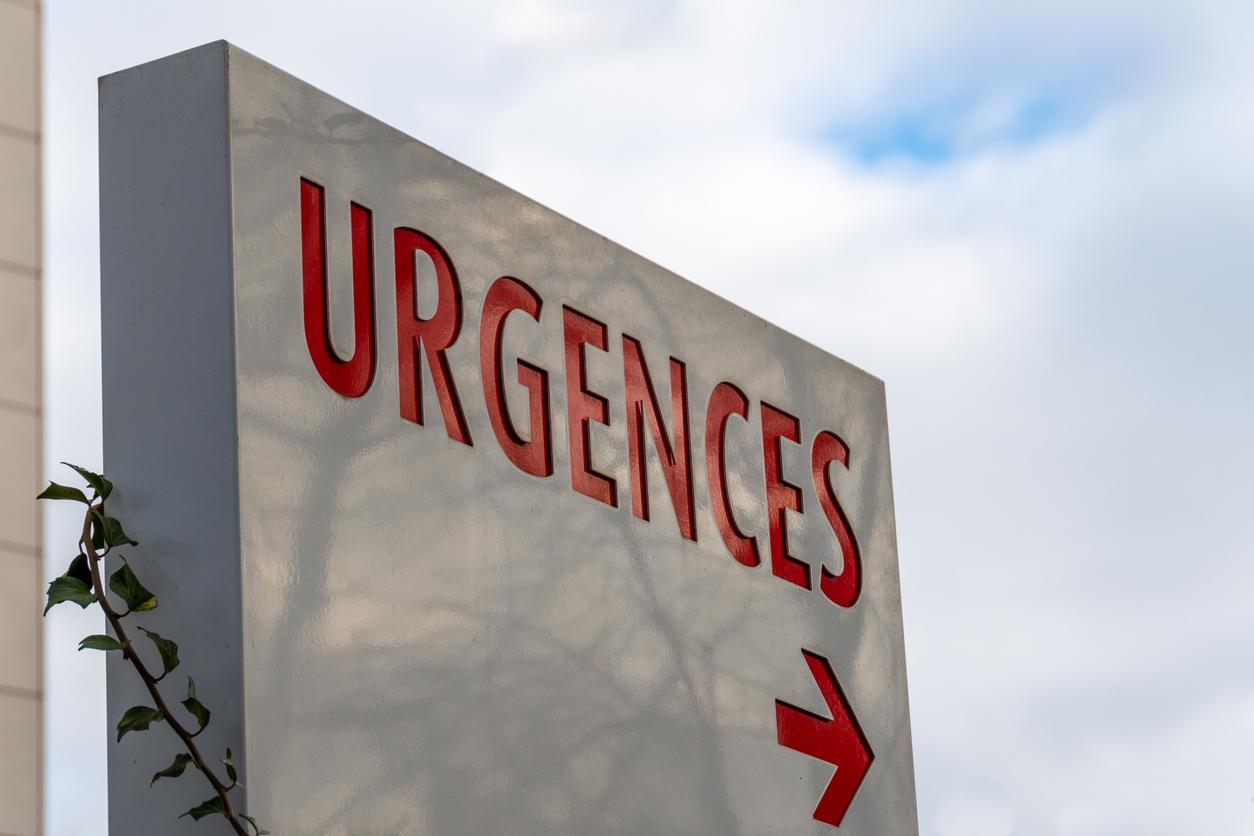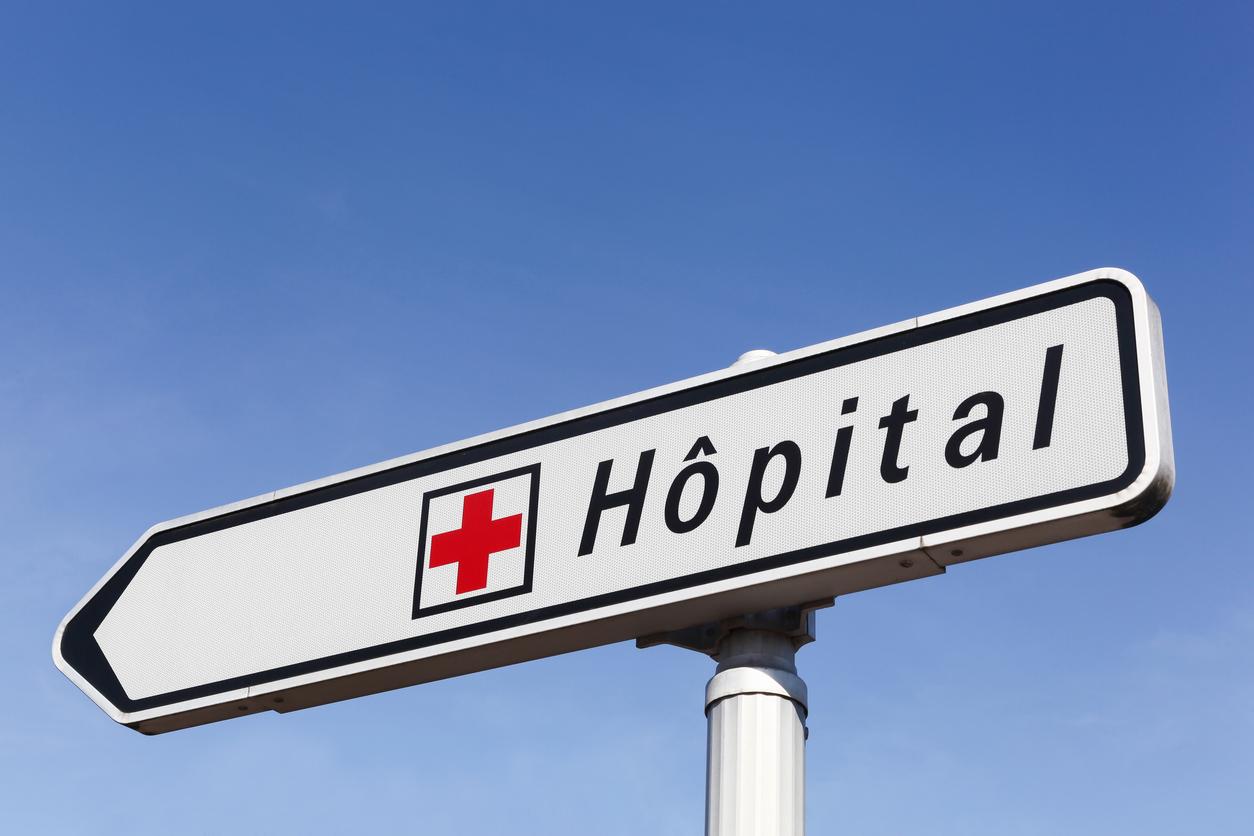One in two people in a precarious situation end their days in hospital. An admission of failure, according to the National Observatory on the end of life: the structure does not offer “dignified” support.

Insecurity and end of life do not mix. The offer of palliative care, the reception but also the identification of people in precarious situations suffer from major shortcomings. In its 4th report on end of life and precariousness, the National End of Life Observatory paints a very dark picture.
A poorly identified precariousness
“There is real poverty and real insecurity in our country,” the report stresses. Through 6 fictitious life courses, the ONFV reflects a very real situation, but poorly identified by social and medico-social structures. “Insecurity and insecurity are real accelerators of inequality: inequality of access to care, inequality of care, inequality of support. The end of life of people in a precarious situation is not thought of since no place is really planned to welcome it and professionals think that it is ‘the business of others’ ”, deplores the authors of the report.
Homeless people are particularly vulnerable in this precarious population. Their life expectancy is shorter by 28 years on average (49 years) and these subjects suffer from premature aging. Two parameters which are not taken into account by the reception devices.
But the precariousness itself is poorly identified: among the patients who died in hospitalization at home (HAD), 15% were in a precarious situation. The vast majority (74%) of social service workers say that no tool allows them to detect the people concerned. A finding confirmed by the figures: a third of people at the end of their life and in a precarious situation enter the hospital through the emergency room.
50% end of life in hospital
As it stands, the health system is not configured to take care of patients both at the end of their life and in precarious situations. No place is planned “in sufficient volume” for this type of reception, underlines the ONFV. In social and medico-social structures, it is not much better: only 1/3 of nurses and nursing assistants in HAD are trained in palliative care or end-of-life support. 39% of therapeutic coordination apartments and 16% of family pensions do not have a trained professional either. Thus, 50% of people in precarious situations end their days in hospital… and if their stays are longer, it is above all for social reasons.
“When a person” goes beyond the norm “- because he has no personal place to live, no possibility of staying at home, no means to integrate an accommodation structure or because he can not stay in such a structure because it does not offer sufficient medicalization – she ends her life in the hospital ”, establishes the report. An admission of failure, since the hospital does not offer “dignified support” to the patient at the end of life, according to the authors.
.

















